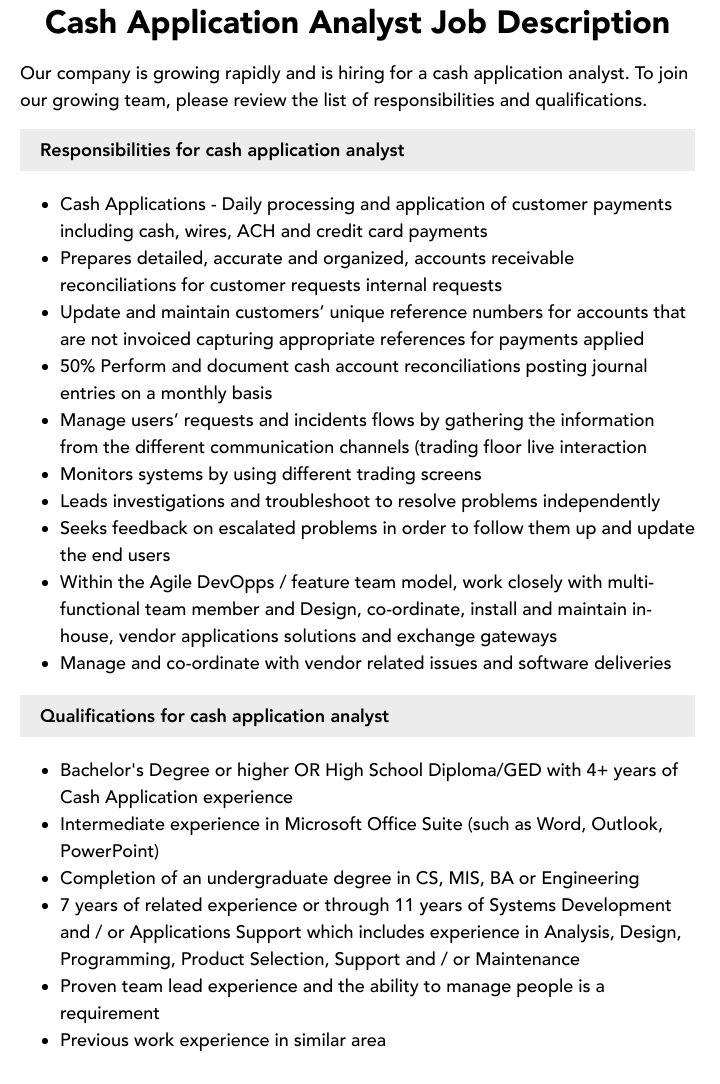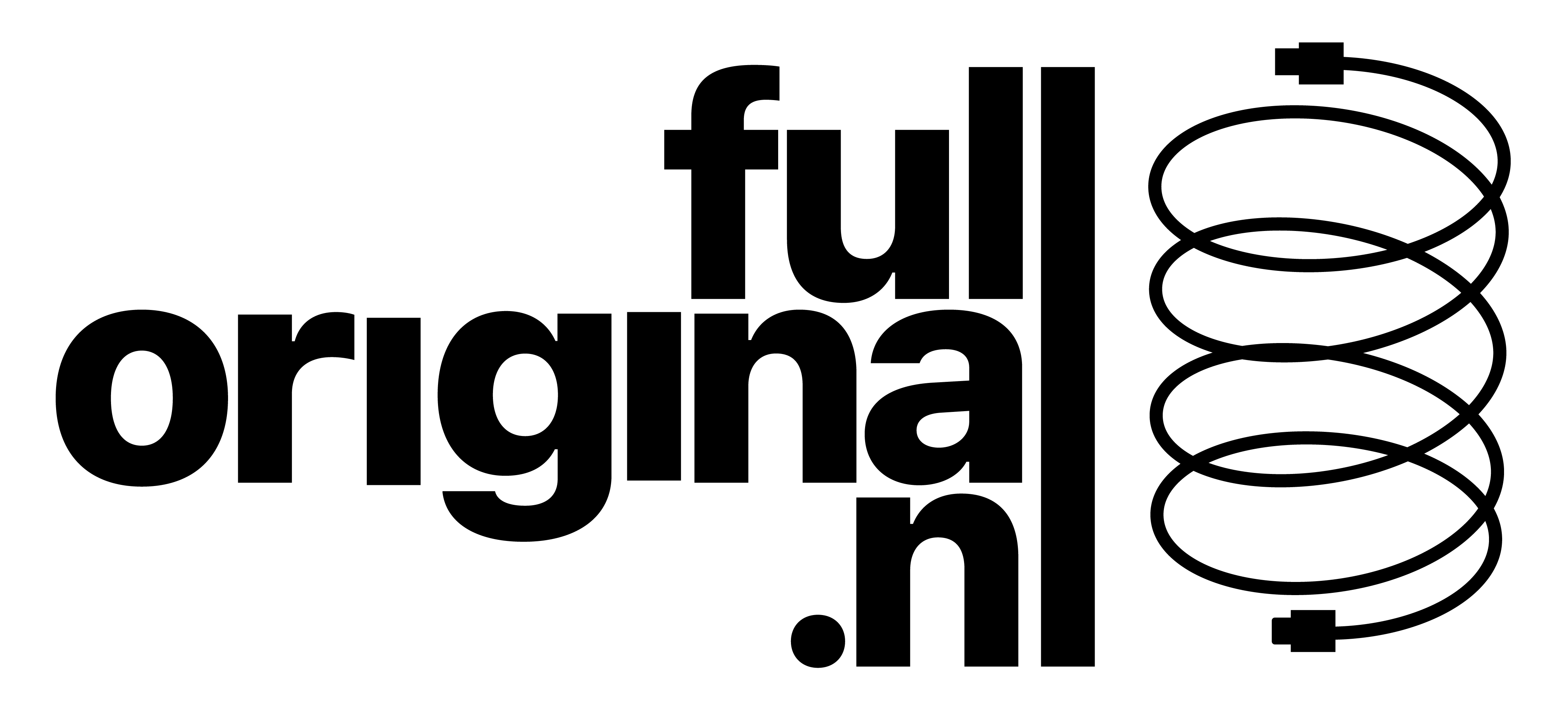- Certified phone accessories store
- 0616818330
- info@fulloriginal.nl
A loan provider can make an alternative covered loan around 1041
Как скачать 1xBet нате Android безвозмездно адденда APK
October 27, 2024Totally free Revolves Also offers play wizard of oz ruby slippers slot machine 2024
October 27, 2024step one. Not as much as 1041.3(e)(1)(v), the lender cannot demand any charges other than the rate and you can app costs permissible to own Federal borrowing from the bank unions so you can fees significantly less than a dozen CFR (c)(7)(iii). Lower than 12 CFR (c)(7)(iii), application fees must reflect the genuine costs associated with operating the brand new application and must perhaps not go beyond $20.
1. Associated ideas. 3(e) only if the lender identifies from its information that the consumer’s borrowing records to the alternative secure loans produced lower than 1041.3(e) fits the conditions set forth in the 1041.3(e)(2). The lending company is not needed to locate facts about a consumer’s borrowing from the bank history from other persons, instance of the obtaining a buyers statement.
The financial institution checks its very own suggestions and you can establishes one when you look at the 180 months before the fresh consummation big date of possible mortgage, the consumer are with debt to your a few a great financing generated less than 1041

dos. Deciding 180-date several months. To have purposes of relying the amount of financing generated not as much as 1041.3(e)(2), the brand new 180-date period initiate on the day that is 180 weeks earlier towards consummation day of mortgage to be made less than 1041.3(e) and you will comes to an end towards consummation date of these loan.
3. Final number regarding fund made significantly less than 1041.3(e)(2). Section 1041.3(e)(2) excludes finance throughout the conditional exemption in the 1041.3(e) if for example the loan would improve consumer being in debt towards more than around three a fantastic funds produced not as much as 1041.3(e) regarding the financial in almost any successive 180-date period. Look for 1041.2(a)(17) for the concept of a great financing. Lower than 1041.3(e)(2), the lender is required to influence from the information this new buyer’s borrowing from the bank record on alternative secure money made under 1041.3(e) from the bank. The financial institution must use this information about credit records to choose perhaps the loan carry out make user are indebted toward more around three a great loans generated below 1041.3(e) regarding financial in the a successive 180-big date several months, determined in the way described into the opinion step three(e)(2)-dos. Part 1041.3(e) will not prevent lenders away from and work out a covered financing at the mercy of the needs of so it area.
4. Example. Including, assume that a lender aims and work out a choice loan not as much as 1041.3(e) so you can a customers therefore the loan doesn’t be eligible for brand new safe harbor less than 1041.3(e)(4). 3(e) throughout the financial. The loan, if the made, will be third mortgage made not as much as 1041.3(e) about what the consumer might be in debt within the 180-date months and you may, hence, is exempt using this part less than 1041.3(e). In the event that, yet not, the lending company determined that the user is actually in financial trouble towards the three a great funds less than 1041.3(e) regarding the lender in the 180 months preceding brand new consummation time of your possible financing, the problem during the 1041.3(e)(2) wouldn’t be fulfilled as well as the loan wouldn’t be an enthusiastic solution loan susceptible to brand new exclusion around 1041.3(e) however, would alternatively getting a secured financing at the mercy of the needs of region.
Price of borrowing from the bank
step one. Standard. Section 1041.3(e)(3) requires loan providers to keep policies http://www.elitecashadvance.com/payday-loans-tx and functions for recording proof of continual income and comply with those individuals principles and functions whenever and then make option fund under 1041.3(e). With the purposes of 1041.3(e)(3), lenders can produce any procedure of recording continual earnings one satisfies this new lender’s very own underwriting financial obligation. Such as for instance, lenders may want to use the process within the Federal Credit Partnership Management is the reason information during the 12 CFR (c)(7)(iii) to the Payday Option Financing applications suggesting you to definitely Government borrowing from the bank unions file user income by obtaining one or two previous income stubs.
step 1. Standard. Point 1041.3(f) brings a good conditional different for covered funds if the, in the course of origination: (1) The financial institution and its affiliates along make dos,five-hundred otherwise less secured fund in today’s calendar year and you can produced dos,five hundred or a lot fewer safeguarded loans from the preceding calendar year; and (2) in current complete income tax seasons where in actuality the lender was in procedure, if relevant, the financial institution and you can people associates that have been operating and you may put a comparable taxation seasons derived no more than 10% of its invoices out-of secured finance, or if perhaps the financial institution wasn’t in business in a prior tax year, the lending company reasonably anticipates that the financial and you will any kind of its associates that use an identical taxation year have a tendency to, into the most recent tax seasons, obtain only about 10% of the mutual invoices away from secure fund. Instance, assume a lender starts procedure from inside the , uses the newest season as the taxation year, and it has zero affiliates. Within the 2020, the lending company you certainly will originate as much as dos,five-hundred protected loans that are not at the mercy of the requirements of this part in the event the bank made 2,500 or less secured loans inside the 2019 additionally the lender derived only about ten percent of the receipts regarding 2019 income tax 12 months away from safeguarded funds. Area 1041.3(f) provides that secure lengthened-label funds which all of the transfers meet with the requirements for the 1041.8(a)(1)(ii), and invoices regarding particularly finance, aren’t incorporated with regards to deciding perhaps the conditions regarding 1041.3(f)(1) and you will (2) were fulfilled. Like, a financial that makes a shielded extended-title mortgage having fun with that loan agreement that includes new conditions when you look at the 1041.8(a)(1)(ii) doesn’t need to include that loan, or perhaps the invoices out-of that loan, into the deciding be it underneath the 2,500 loan threshold or the ten percent out-of receipts endurance for the 1041.3(f)(1) and you will (2).

